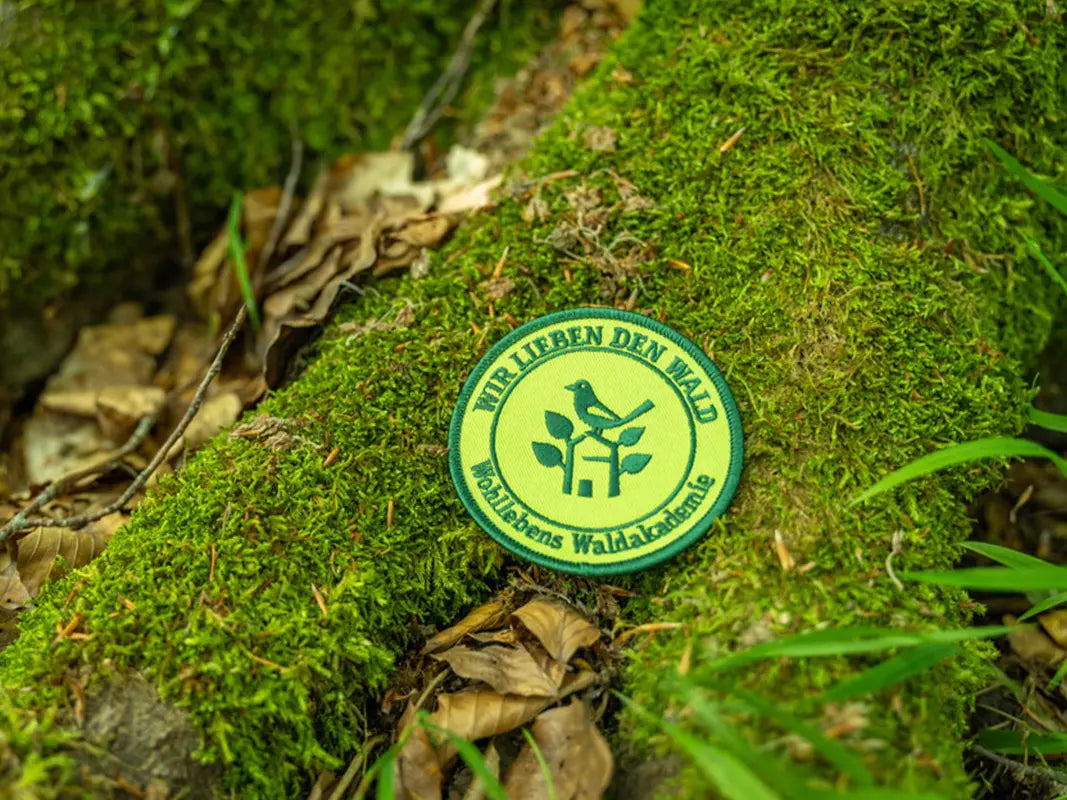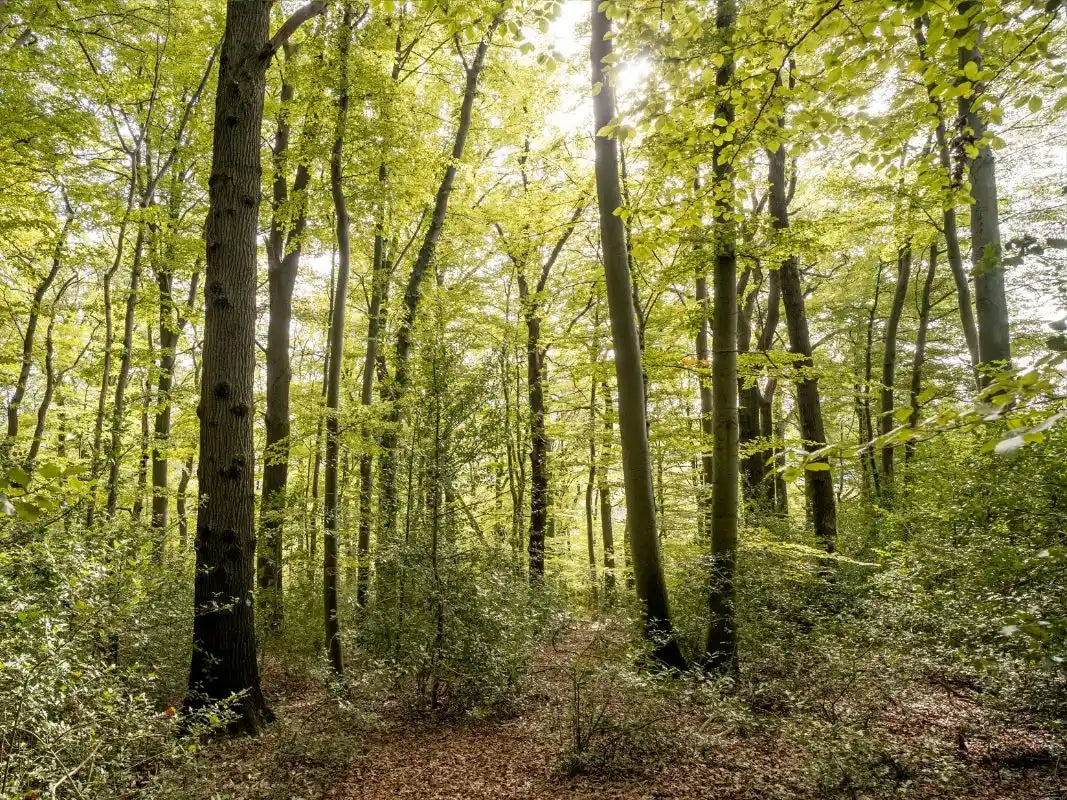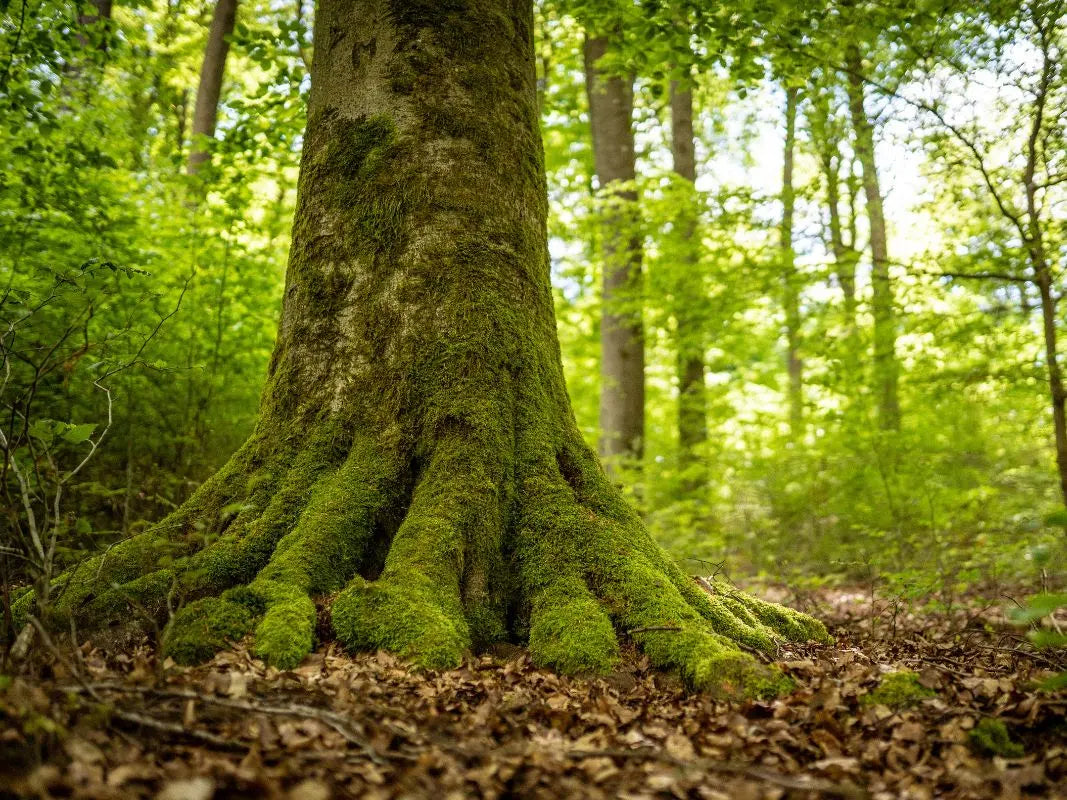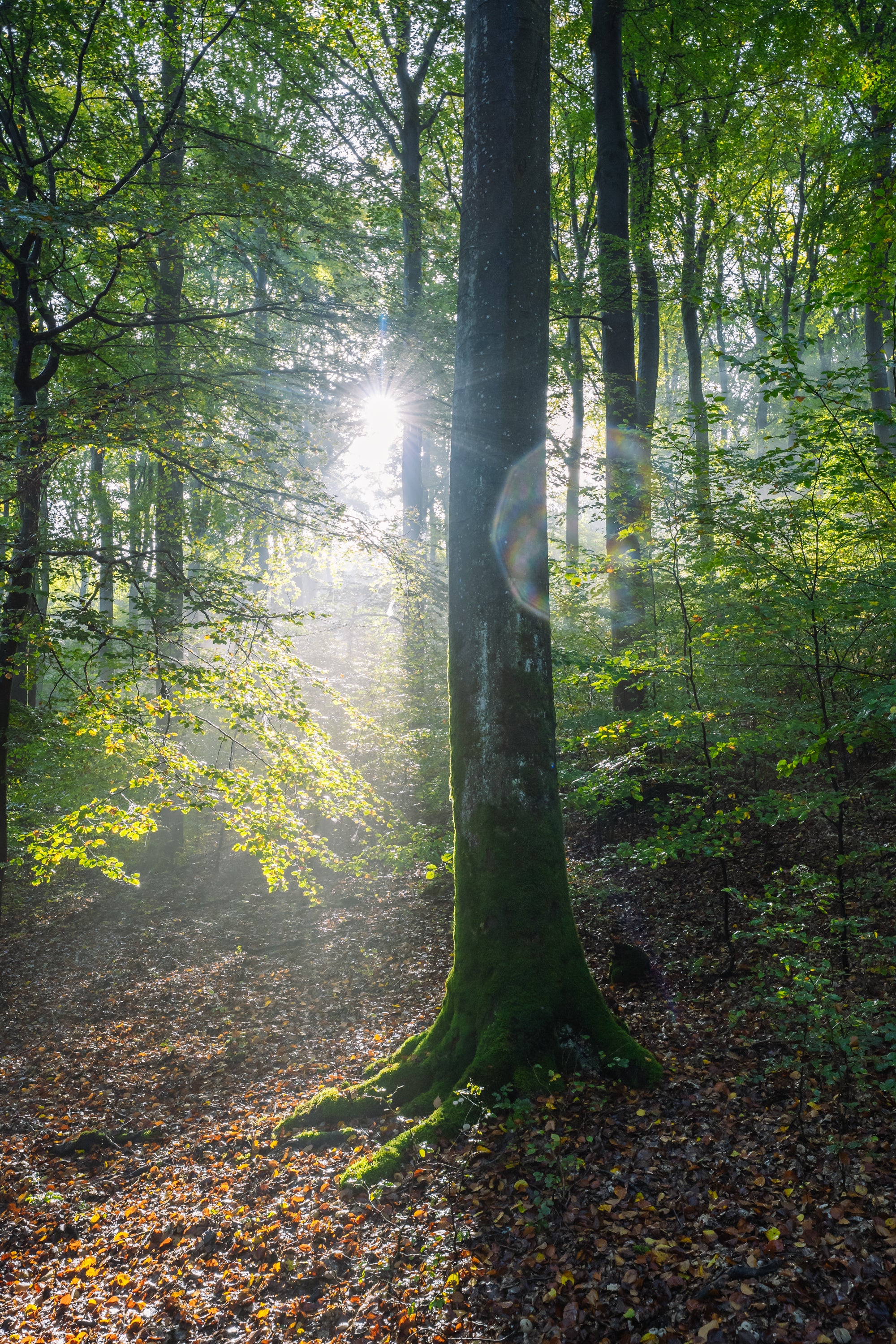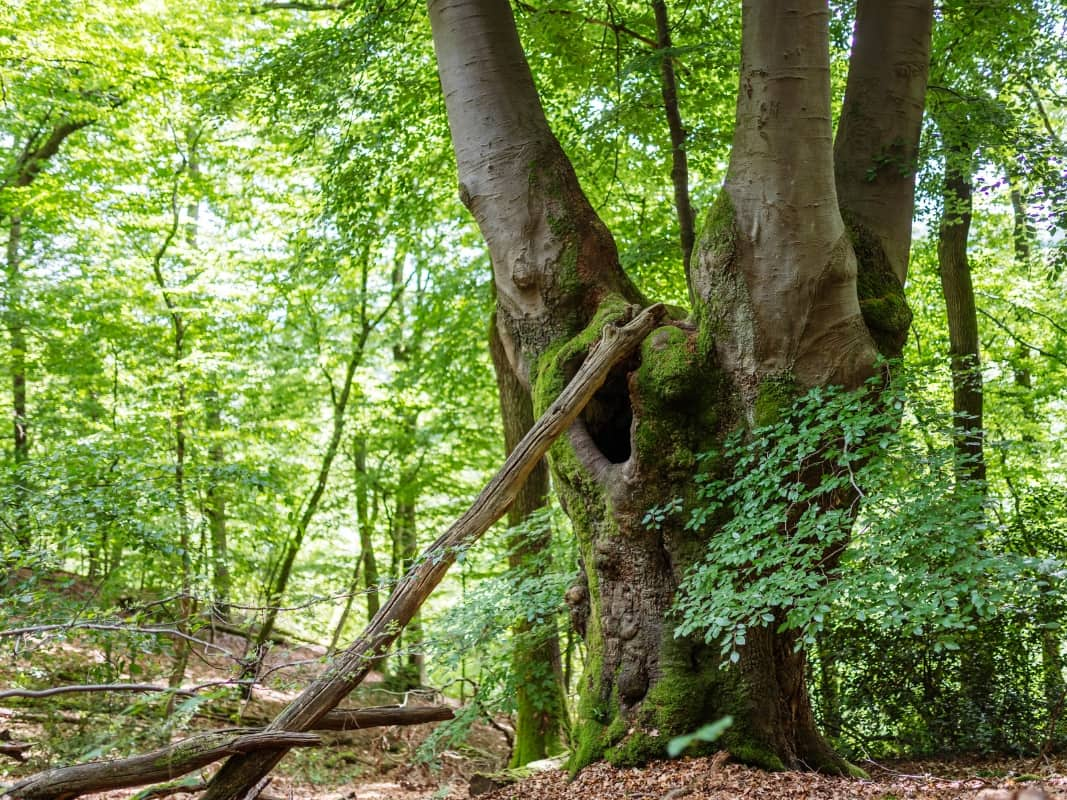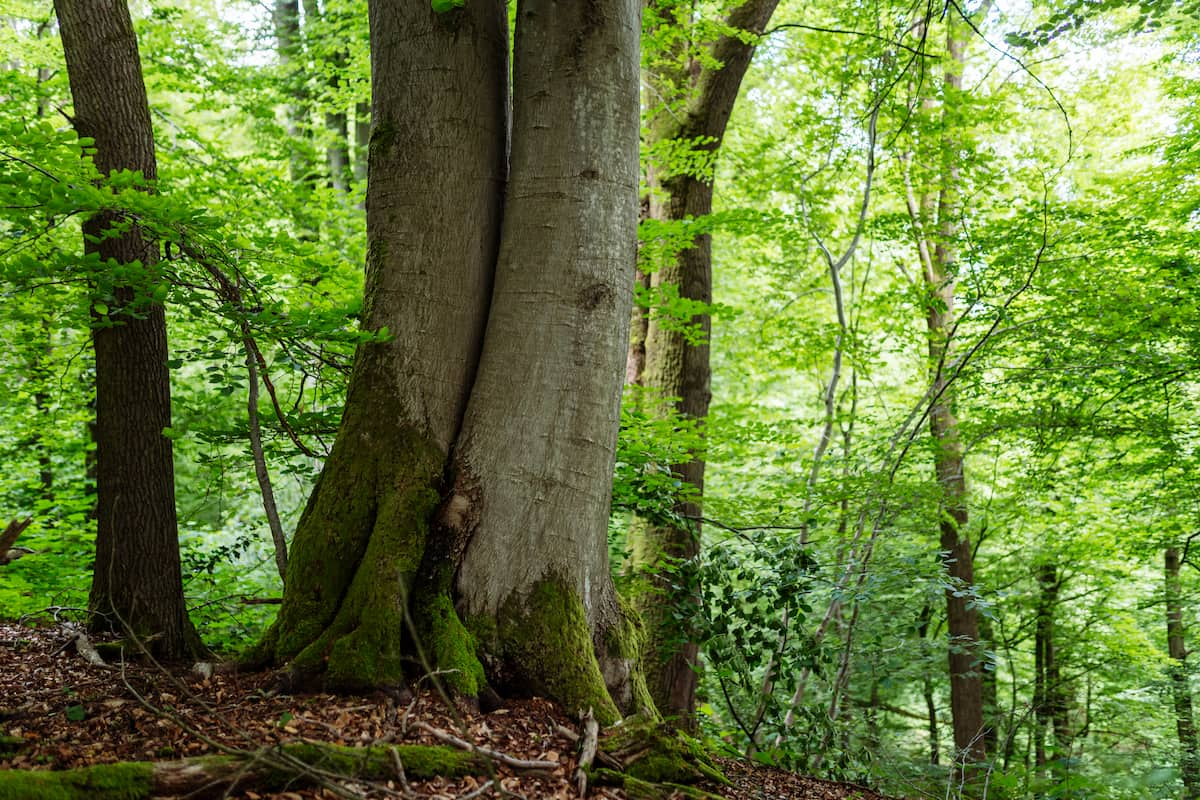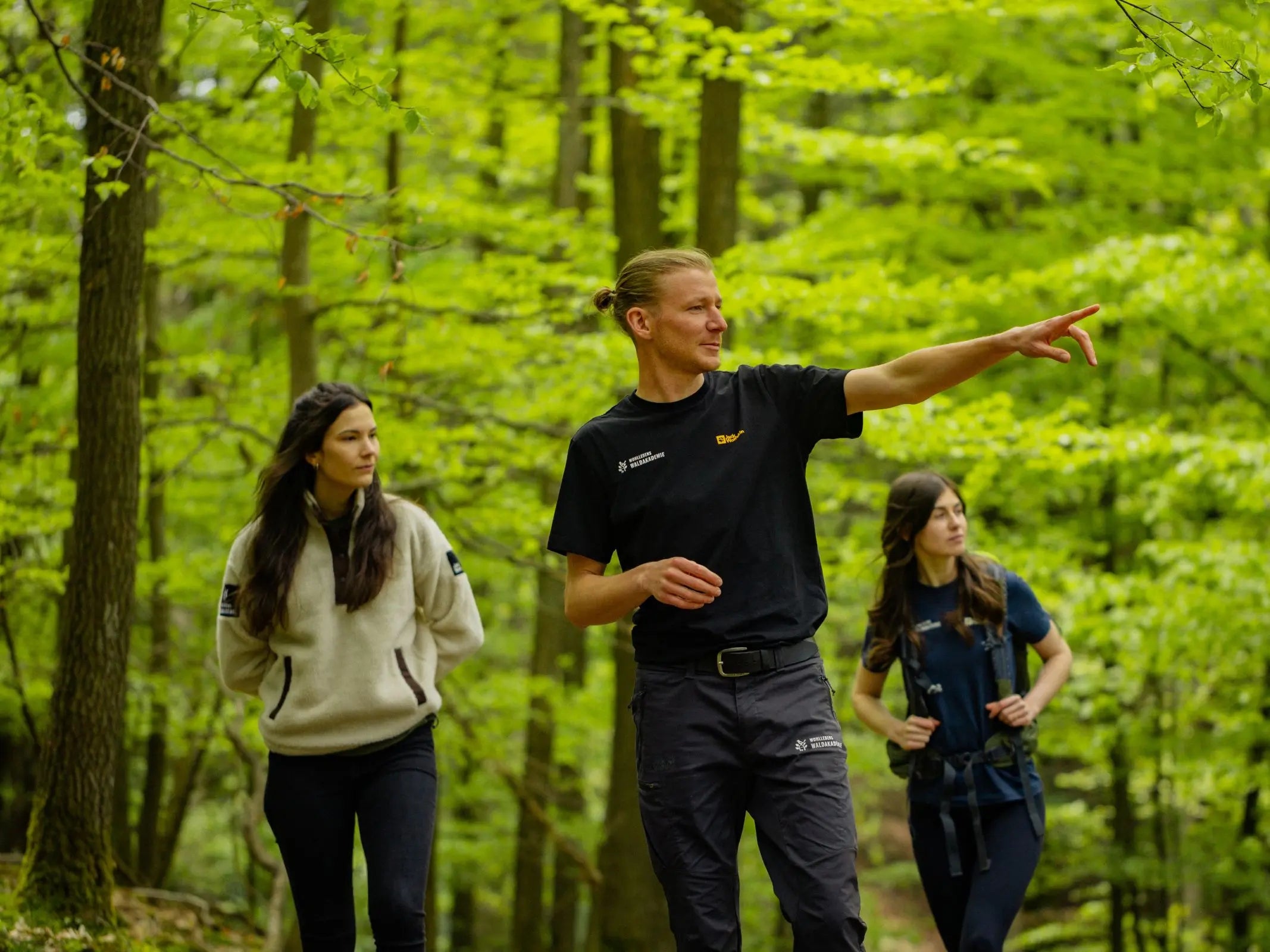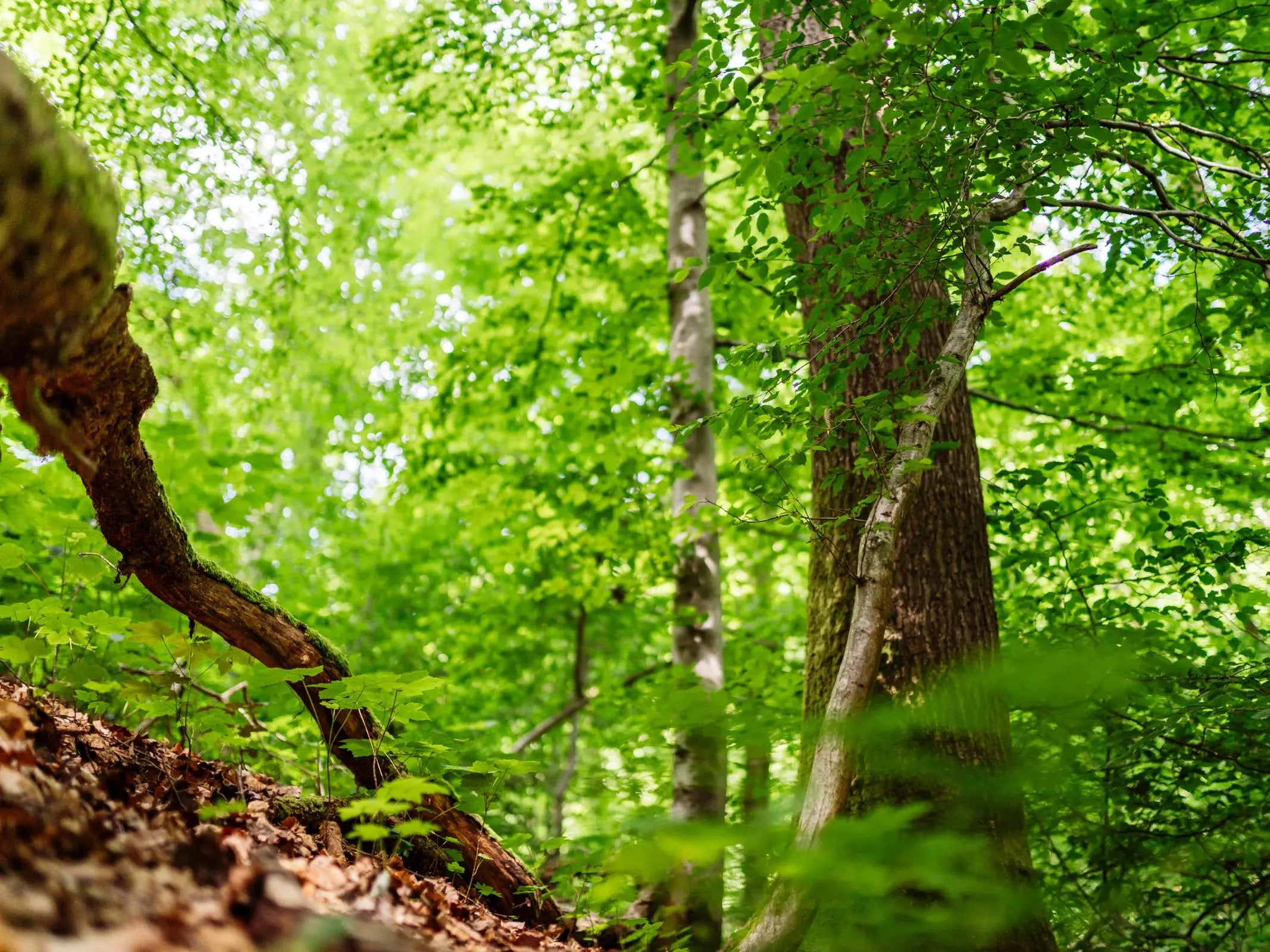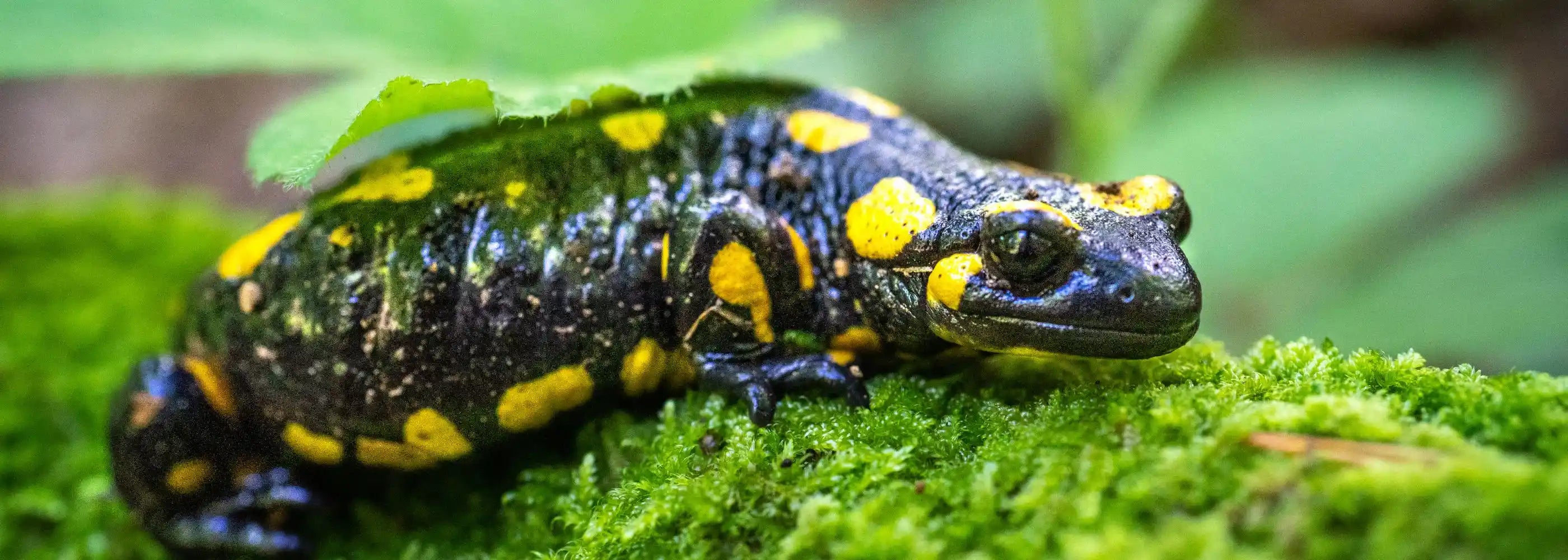By nature, Germany would be Over 90 percent of the area is covered by forest , most of it beech or beech/oak mixed forests.
These forests are characterized by long-term stability, Disturbances such as storms or fire are foreign to them . Many highly specialized animal and plant species have adapted to such permanent forests. Most of them depend on particularly old trees; for example, the rare middle spotted woodpecker can only colonize beech forests when the tree is at least 200 years old. Old beech forests are the Rainforests in Europe , and similar to the tropics, they are in very poor condition. Today, we no longer find primeval forests in Germany, and even the old trees are becoming increasingly rare: Beech forests 180 years and older account for only 0.16 percent of the land area . Even these small remaining areas continue to be managed, so that in these old-growth forests, typically only a third of the trees remain. Deadwood, present in primeval forests at about 20,000 cubic meters of wood per square kilometer and an important habitat for 3,000 insect and fungal species, is largely absent in managed forests.
Overall, the already small area continues to shrink, because deforestation is still permitted even in nature reserves .
Project awarded by the United Nations
Support our United Nations-awarded forest protection project in Germany now.
5 products
Save old beech forests in Germany
The forest conservation project in Germany. Help save ancient forests. Sponsor your own protected area for the next 50 years and give yourself and nature a very special gift.

How does the jungle project work
You can protect your own wilderness area starting from just 1 m² . Forest owners can use the proceeds to offset the lost income from timber harvesting, while simultaneously losing their right of use for the next 50 years, ensuring the forest is consistently protected. The protection of the area is secured in the land register by a notary. The price, starting at €3.65 per square meter, is a one-time purchase. There are no recurring costs for you within the 50 years! Would you like to make an important contribution to protecting the climate and biodiversity?

Certificate – also as a gift
Immediately after ordering, you will receive a forest protection certificate with the exact location of your protected area as a paperless PDF file. Your certificate includes the individual geo-coordinates and images of your protected area. Alternatively, you can also receive the certificate by mail. This will be printed on 100% recycled paper . During the ordering process, you also have the option of gifting the protected area and certificate .

Own protected area, own forest rescue page
After your order, a dedicated Forest Rescuer page will be created for your personal protected area . Scanning the QR code on your certificate with your smartphone will take you to the protected area's dedicated page, which you can share with family, friends, and relatives. There you'll also find an interactive satellite map and all the important information about the size and location of your own forest plot.
New:
- Recommended hiking tours through your protected area
- Updates on new research results from your protected area
Shortly:
- Live information from your protected area (currently only available for support in Rodder). Our bioacoustic sensors collect data on over 10,000 species and forest health information and analyze it using AI. We bring this data live to your forest rescuer page.
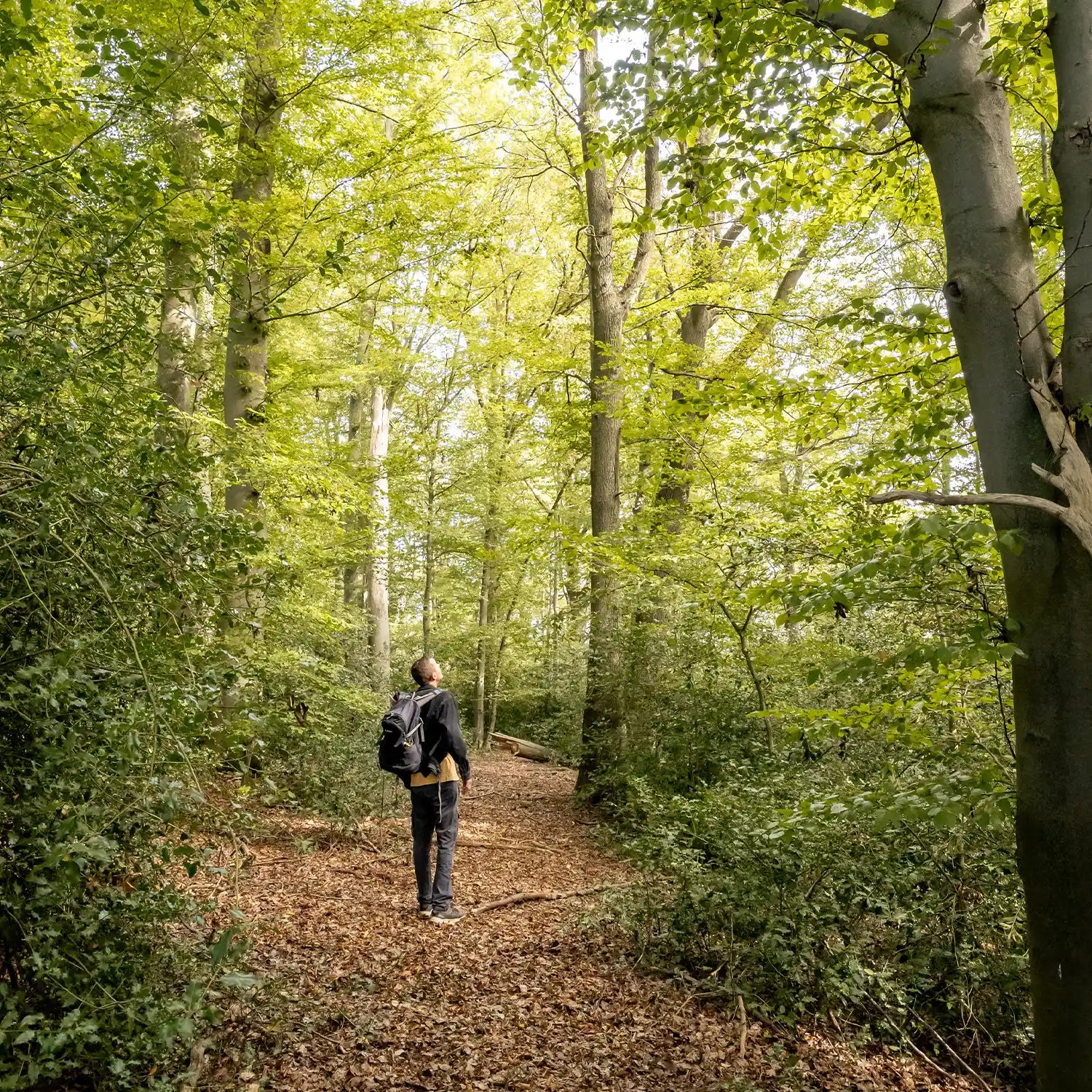
Your leadership in the conservation project
If you protect 75 m² or 95 m² or more, you and two people can take part in a free guided tour of the protected area with our forest experts.
Dates:
- April 13, 2025 ( Wershofen , Book Giants)
- May 16, 2025 ( Lohmar , Birker Berg) - 3 - 5:30 p.m.
- May 25, 2025 ( Rodder , Junge Wilde)
- August 24, 2025 ( Wershofen , Book Giants)
- September 14, 2025 ( Lohmar , Birker Berg)
Attention: Since it is quite steep in places and we leave the paved paths, you should be a good walker.
If you have to cancel a booked hike at short notice, you are welcome to rebook for another date.
A second rebooking is not possible. Thank you for your understanding!
Das Urwald-Abo
In dem Urwald-Abo kannst du das Projekt monatlich unterstützen. Das hilft uns beim Schutz der Wälder ganz besonders, da wir so planbar zusammenhängende Flächen schützen und neue Waldflächen hinzugewinnen können. Wir wählen die Flächen aus, die am dringendsten Schutz benötigen. Das Abo kann monatlich gekündigt werden – die Flächen bleiben selbstverständlich weiterhin für die kommenden 50 Jahre sicher geschützt.
Eichelhäher
9,20 €Monatlich
- 2 Quadratmeter pro Monat
- Eigene Landingpage
- PDF-Urkunde
- 50 Jahre Waldschutz
Wolf
23 €Monatlich
- 5 Quadratmeter pro Monat
- Eigene Landingpage
- PDF-Urkunde
- 50 Jahre Waldschutz
- Waldretter-Patch
- E-Mail Projektberichte
Waldretter
46 €Monatlich
- 10 Quadratmeter pro Monat
- Eigene Landingpage
- PDF-Urkunde
- 50 Jahre Waldschutz
- Waldretter-Patch
- E-Mail Projektberichte
- Ein hochwertiges Booklet
Übersicht über die Projektflächen
FAQ
Frequently asked questions about our forest protection project
Does the jungle project contribute to climate protection?
Yes, the UrwaldProject makes an important contribution to climate protection. Old forests store large amounts of carbon over the long term. In managed forests, this carbon is released back into the atmosphere. (Luyssaert et al., 2008) Furthermore, such old forests massively cool their surroundings through water evaporation. (Ibisch et al., 2018)
Is the development of the protected area being monitored?
The development of the protected areas is documented through regular inventories. In addition, university and in-house research projects on a wide range of topics are conducted within the UrwaldProjekt. You can find more information under "News from the Project."
How is protection ensured over 50 years?
An entry in the land register by a notary ensures that the project areas remain protected for the next 50 years.
What makes the project so transparent?
We want to make the project as transparent as possible. Immediately after the order is placed, the exact protected area is automatically measured geographically and visualized on a satellite map. This way, every supporter can see exactly where their own protected area is located and can visit it at any time.
Are the costs per square meter one-off?
Yes – the amount per square meter for the next 50 years is a one-time payment. There are no additional costs for you.
However, you can voluntarily opt for a jungle subscription, which allows you to protect a specific area weekly, monthly, quarterly or annually.
Can I protect forests with my company?
Yes, that's possible too - take a look at our business page.
Your contacts
Forest in good hands

Patrick Esser
Ecological support of the project
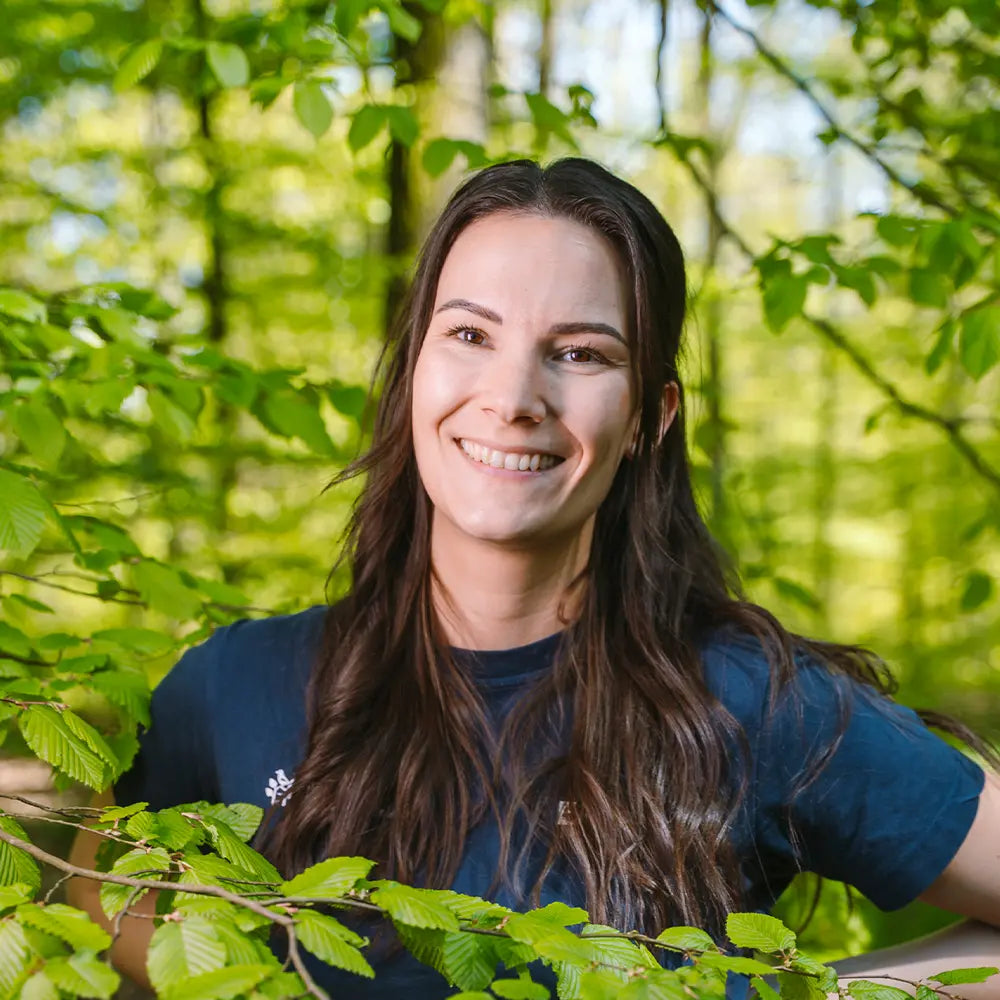
Johanna Wohlleben
Managing Director and support of corporate customers

Nina Schug
Your contact person in service

Tobias Wohlleben
Managing Director and Scientific and Technical Coordination


